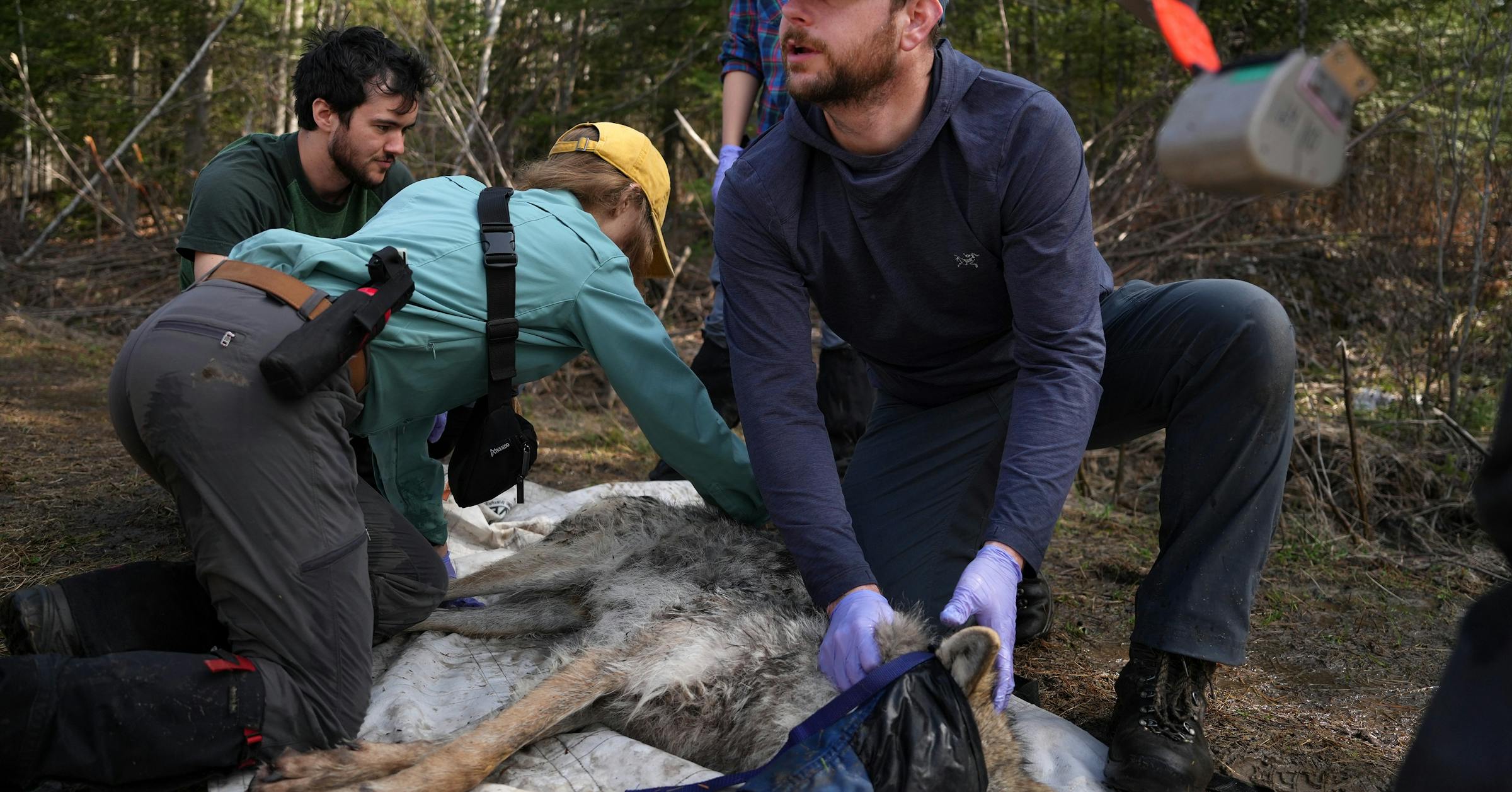Copyright startribune

That’s because they’ve already burned through most of their fat reserves to survive the winter. The snow makes it harder for them to move, requiring more energy to get around and evade wolves. Eventually, the deer become a relatively easy meal. Gable said the deer population in the Voyageurs area was cut in half by the spring of 2023, following the two severe winters. Mild winters, on the other hand, are extremely difficult for wolves. Without snow on the ground to slow them down, deer stay fast and energized and better able to elude predators. All other sources of food for the wolves, including beavers, fish and blueberries, are inaccessible. The wolves burn through their fat reserves by the spring and struggle to raise their pups. The winter of 2024 was one of the mildest ever recorded in northern Minnesota. Another mild winter in 2025 brought very little snow, as well. The Voyageurs Wolf Project, run by the University of Minnesota, has followed dozens of wolves since 2014 using GPS collars and several hundred trail cameras to track the size and behavior of more than 24 wolf packs that live and hunt in the area. The project is funded by the state’s Environment and Natural Resources Trust Fund. Minnesota has more wolves than any other state in the Lower 48 and is the only place in the United States outside of Alaska that never eradicated them.



